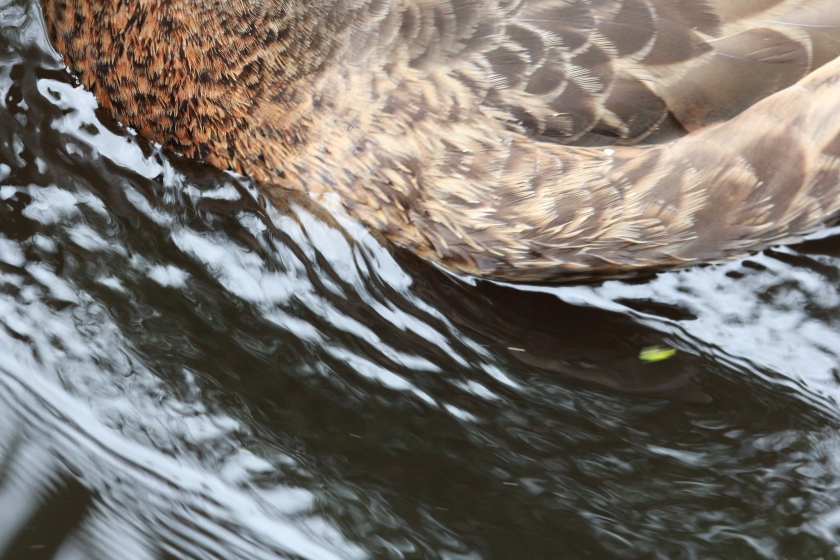I know what’s been missing from my Assignment. All this time I have jumped from one idea to another, the reflections in the water, the path of Moss Road but that little cog of inspiration hasn’t slotted into place. And until it does I never stop searching. As I stood in the wild I felt the comfort of the trees, I needed the trees. My exploration of trees was not to stop at Assignment One, it was to become the roots of all of the assignments, guiding me. It was then I realised what had been missing. My assignment needed a story, something dark, something different that I always include. It needed psychology and emotion. That was what it was missing.
Sometimes to find the path you’ve been searching for, you have to wander down many, right to the end if necessary before realising that the destination is not the one you had planned. And as with this assignment and the last one I have explored many ideas, wound down many roads before arriving on the forest path that I find myself on now.
Researching the Edgelands I felt excited, inspired and motivated. However, when I arrived there, they were beautiful and wild but I realised I was missing something. Trees. It was in that moment that I realised what trees mean to me. They are a safe harbour, they are friendly giants, I feel at home among them. I reflected on my thoughts during this unit, of trees and how they may be seen as a place of danger but are actually a place of safety, I thought of what the trees meant to those who took a different path in the suicide forest and the passage I wrote below
“ I often return to my tutors comments on our first skype call, “We come from forests – that is the place where we store our fears” It is the place where we store our fears yet it I also feel that the forest calls to them, the fear is overidden, they return to nature, from where they’ve come, perhaps there is a feeling of safety, the trees like comforting arms there to take away their pain, to shield them from their suffering and that of the outside world. Whilst the forest may bring others fear, the way the branches close in on each other blocking out the outside world, that is in a way it’s appeal, it is a place where you can hide, a place of escape, it is like the journey undertaken by the souls of the departed in Greek Mythology. Instead of the winding river Styx, they tread the path of the forest. The forest is not a scary place, it is named Mother Earth for a reason and it provides the comfort they need, whether it’s to send them back to their lives or for them to start a new journey in a new layer of the world.”
I felt that the trees were saying something different. I want to create images of a journey (not of the suicide forest, purely, seeking the trees as comfort) What if the trees were trying to help, saying ‘Why do you fear, leave your fear behind, come escape the light, the light is isolation but there is comfort in the dark, you’re alone in the light, we can hold you, come deeper, we are friends. Now you are safe. I can see with every image the trees getting darker, closer together as you go deeper, it’s a journey both physical and psychological. Each tree would have a sign on it saying the words.’
With these ideas flashing in my mind I recorded a quick audio note to clarify my ideas with a rapidly drawn mind map. When my mind is wandering, sketching down ideas and pictures leads me to clarity. Everything came together as I drew. I could see the assignment images so clearly in my mind.

Questions to ask myself.
I wonder what the signs on the tree should look like. Is pure white too stark, not natural? Do the words need to be physically in the photo or manipulated in later. I can see it as a video with music. The trees are not witches fingers. They are comforting arms of mother earth and they hear you. They are there for you. Why is the light always positive and the dark negative? I think there is comfort in the darkness. I wrote about my thoughts earlier in my learning log when I was looking at Jesse Alexander, the course writers sublime cave images. I will scan them and include them in the next blog posts. I feel excited for this. This is what I’ve been searching for.











